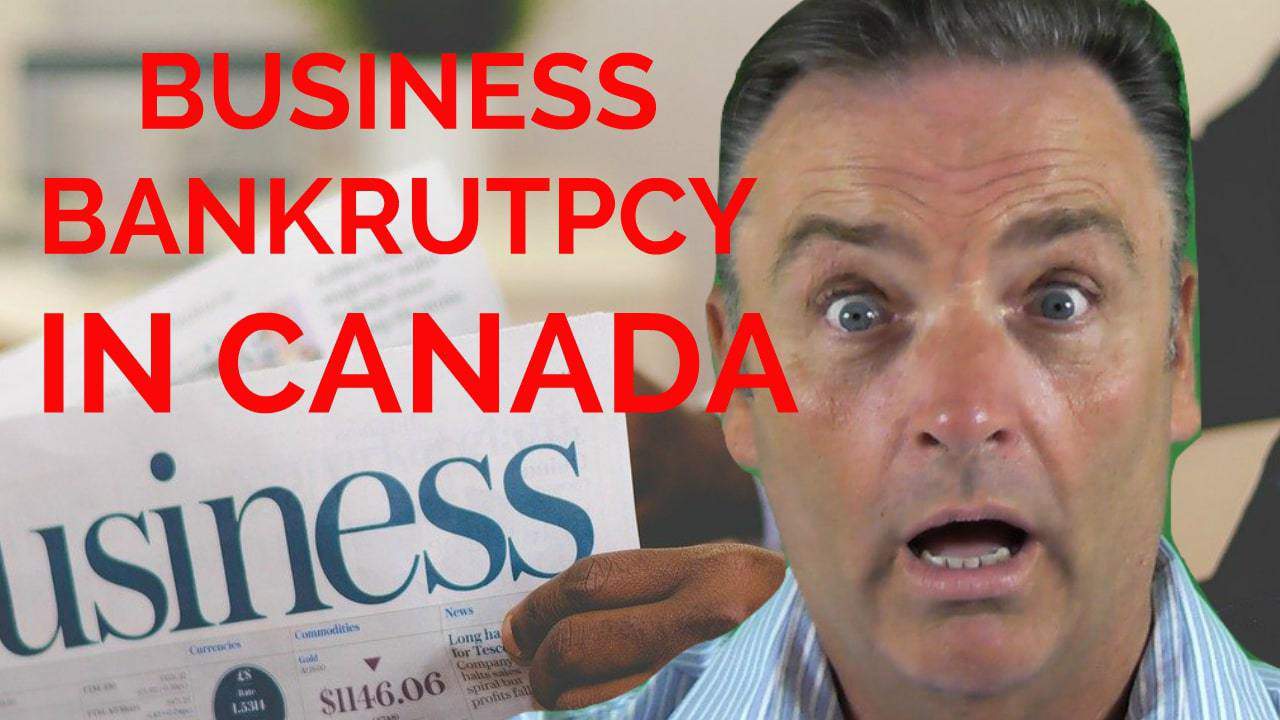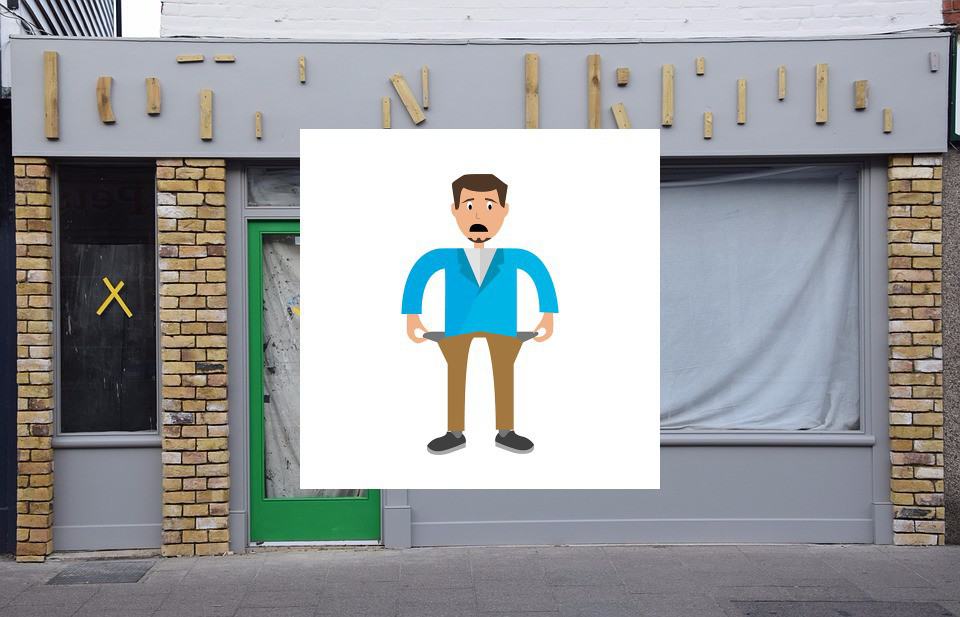
The Ira Smith Team is fully operational and Ira, in addition to Brandon Smith, is readily available for a telephone consultation or video meeting.
Stay healthy, well balanced and safe and secure everyone.
If you would prefer to listen to the audio version of this business bankruptcy in Canada and the USA Brandon’s Blog, please scroll to the bottom and click play on the podcast.
Business bankruptcy in Canada Introduction
Late in the day on Friday, May 22, 2020, Hertz Global Holdings Inc. (Hertz) filed for Chapter 11 bankruptcy in Delaware. The filing gives Hertz some breathing room to operate its business. During this time, Hertz also needs to come up with a business turnaround plan and a debt restructuring plan that creditors can support. The movement of Hertz stock last week teaches us some modern and risky rules of business bankruptcy in Canada and the United States.
Corporate bankruptcies and the Hertz investors
Hertz stock closed on the NASDAQ exchange on May 22 at US$2.84. It dipped to a low of US$0.40 on May 26. Legendary investor Carl Icahn sold all of his Hertz shares at an average price of $0.72. He dumped his 39% stake in Hertz at a loss of nearly $2 billion. Last Friday Hertz shares closed at US$2.57 per share. This morning, the trading touched US$3.40 per share.
So Hertz is up handsomely since May 26. Hertz has filed for bankruptcy protection. It doesn’t make sense that investors should be pushing the stock up. Hertz is selling off its fleet and further depressing the used car market. So far there is no indication that a business plan and debt reduction plan has been developed, let alone accepted by the creditors.
As far as assets, they have locations and a database of customers. But every major rental car company also has locations and a database. Whenever business and leisure travel resumes to pre-COVID-19 levels, if you can’t rent a car from Hertz you will rent it from a different company. So what are the non-fleet assets worth?
So on the surface, the investor money finding a home in Hertz stock and pushing up the stock price doesn’t make sense. So, are there savvy investors getting into Hertz or are they all just following the herd and will all end up losers?
Why Hertz filed for Chapter 11 bankruptcy protection
Since 2014, Hertz has had four different CEOs. It is difficult to develop and implement a cohesive business strategy with such turmoil in the senior management ranks. As the coronavirus pandemic brought travelling to a sudden halt, Hertz suffered dramatically as a mass of its revenue depended on business travellers and vacationers renting vehicles when arriving at their destination airport. Nobody knows how long it will take until travel gets back to where it was and what Hertz needs it to be.
Hertz’s debt has been increasing as it invested heavily in its vehicle fleet. They may have also missed the mark in the mix of vehicles consumers want, requiring it to take on even more debt to make further fleet purchases. Hertz could no longer afford to make the interest payments on its debt load. At the time of its bankruptcy filing, Hertz had US$1 billion of cash and US$13 billion of debt.
The $13 billion in financing Hertz made use of to acquire its fleet of 500,000 automobiles. The financing was done via what is known as asset-backed securities. These are connected straight to the value of the vehicles. When the value of the cars drops, Hertz must make up the difference in cash within about three months, unless values rebound before that time.
However, with the coronavirus pounding the brakes on the economy and eliminating employment for so many, the drop in the value of used vehicles is expected to remain that way for a long time. Hertz knew that it could not make up the difference to its lenders when they made a demand, which was their right. Hence the bankruptcy filing.
The modern risky rules of investing in business bankruptcy in Canada and the USA
Normally, in a public company restructuring, it is not only the creditors that take a hit. Shareholders usually get a good drubbing. Share values fall and new shares are issued to raise capital. This further dilutes the holdings and value of those holdings for shareholders. But investors must believe that Hertz will come back. How else can you explain the surge in the share price?
Before this year, the company had ten consecutive quarters of positive growth. They were still losing money, just not as much. Investors must believe that Hertz will be able to survive. They must believe that the company although leaner and smaller, this is the time to jump on an opportunity to make money.
I am not a financial advisor, I am not saying whether this is a good or bad investment. It certainly is a very risky one. All I am saying is that as a licensed insolvency trustee (formerly called a trustee in bankruptcy) administering business bankruptcy in Canada, this does not make any sense to me.
I guess only time will tell if these investors pushing up the stock price are insightful risk-takers or losers. Carl Icahn doesn’t believe it.
Business bankruptcy in Canada and the USA summary
I hope you have found this business bankruptcy in Canada and the USA Brandon’s Blog helpful.
The Ira Smith Team family hopes that you and your family members are remaining secure, healthy and well-balanced. Our hearts go out to every person that has been affected either via misfortune or inconvenience.
We all must help each other to stop the spread of the coronavirus. Social distancing and self-quarantining are sacrifices that are not optional. Families are separated from each other. We look forward to the time when life can return to something near to typical and we can all be together once again.
Ira Smith Trustee & Receiver Inc. has constantly used clean, safe and secure ways in our professional firm and we continue to do so.
Revenue and cash flow shortages are critical issues facing entrepreneurs and their companies and businesses. This is especially true these days.
If anyone needs our assistance for debt relief Canada COVID, or you just need some answers for questions that are bothering you, feel confident that Ira or Brandon can still assist you. Telephone consultations and/or virtual conferences are readily available for anyone feeling the need to discuss their personal or company situation.
The Ira Smith Team is absolutely operational and Ira, in addition to Brandon Smith, is readily available for a telephone consultation or video meeting.
Stay healthy, well balanced and safe and secure everyone.
[monkeytools msnip=”https://monkeyplayr.com/playr.php?u=5173&p=22277″]




